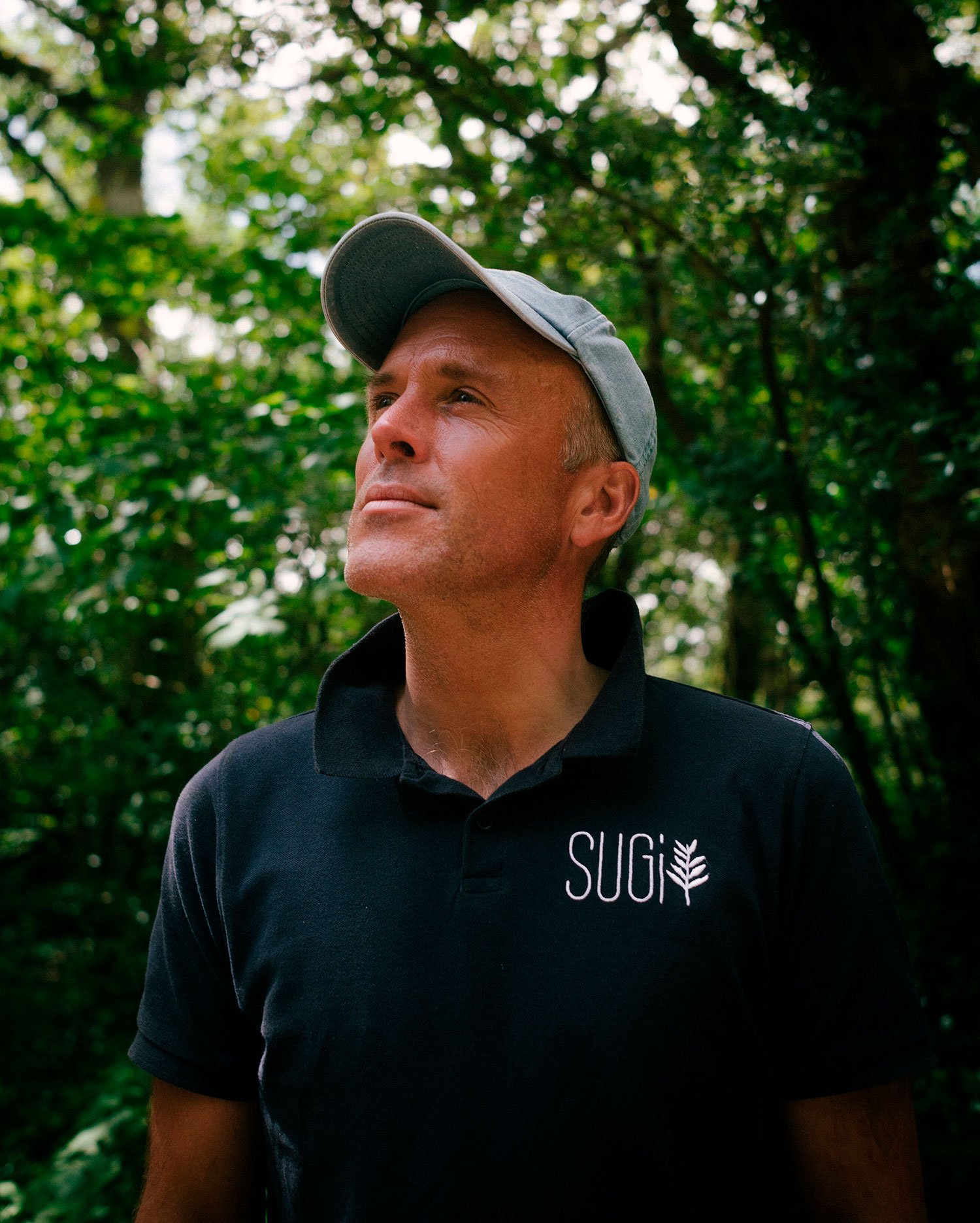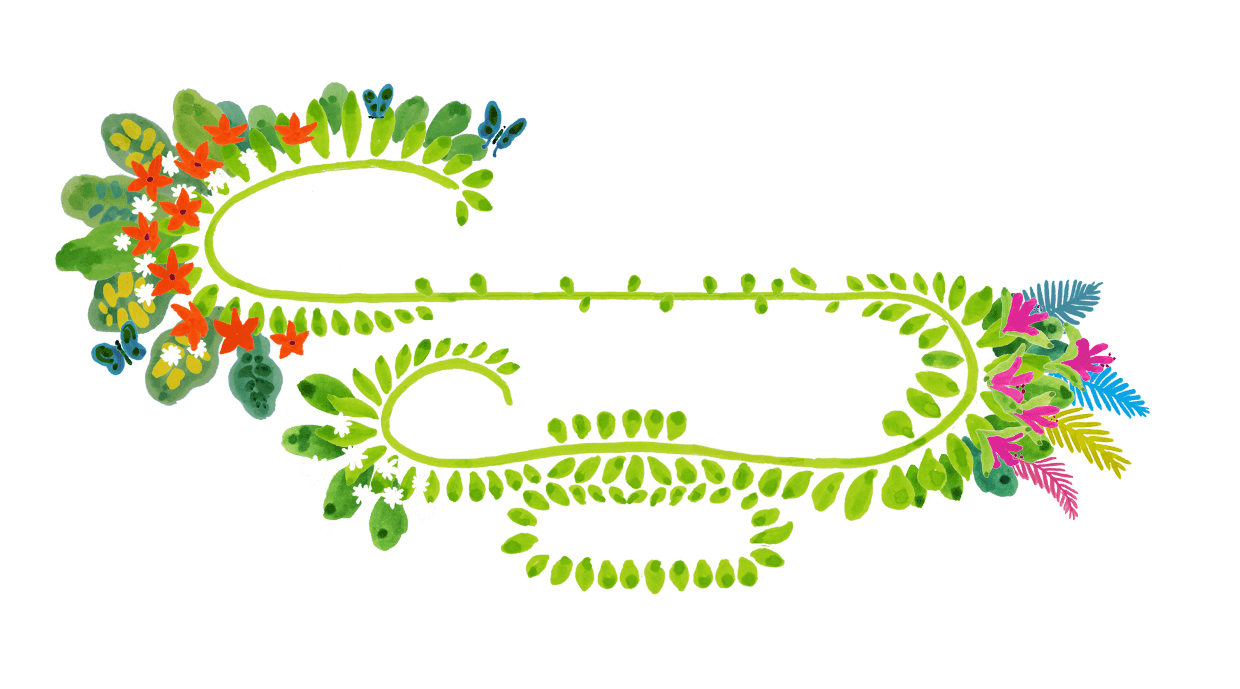
Glasgow, Scotland
Springburn Forest
A forest to help rejuvenate this historic Glasgow park
Springburn Park is an important area of green space in northern Glasgow that has become semi-derelict in recent years. Most visible in the collapse of a Victorian greenhouse that sits in its grounds. SUGi is delighted to be a part of the efforts to revitalise this area, creating a Miyakwaki forest that will support the restoration of this historic building, whose former activities celebrated the natural world and made it’s wonders accessible to the people of Glasgow.
The Springburn Forest will continue to celebrate and even support the natural world, by creating a haven for biodiversity to thrive and enabling the local community to see this in action. It will not only bring people closer to nature and help connect them together with each other, but the forest will make it possible to breathe more easily. Within ten years, the forest should emit between 800 and 1000 kilos of oxygen per year back into Glasgow's atmosphere. In the immediate area of the forest, NO2 pollution levels could be reduced by 33% and airborne particulate matter by 10% or more.
Forest Maker James Godfrey-Faussett
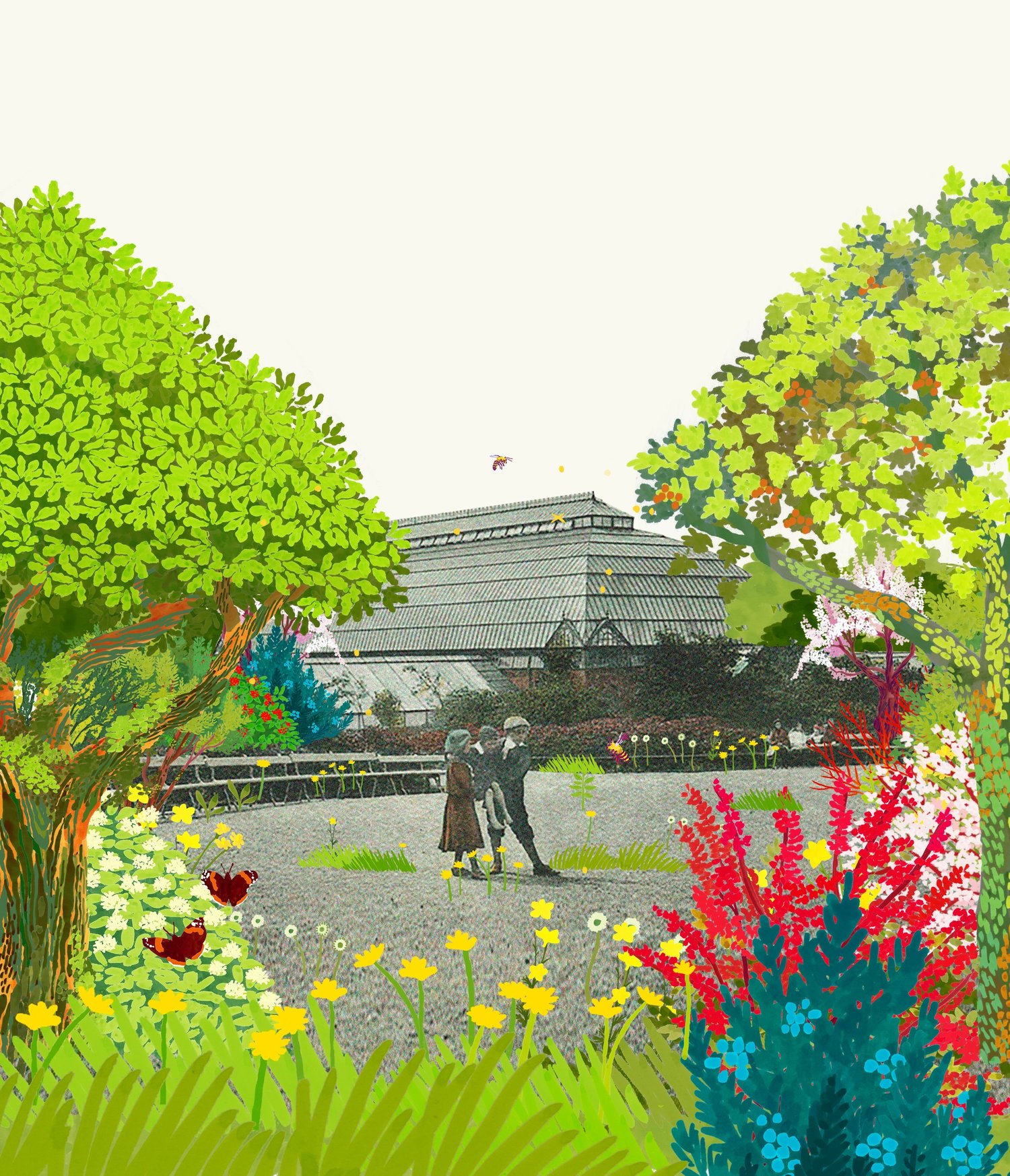
1,400
TREES
400
SQUARE METERS
20
NATIVE SPECIES

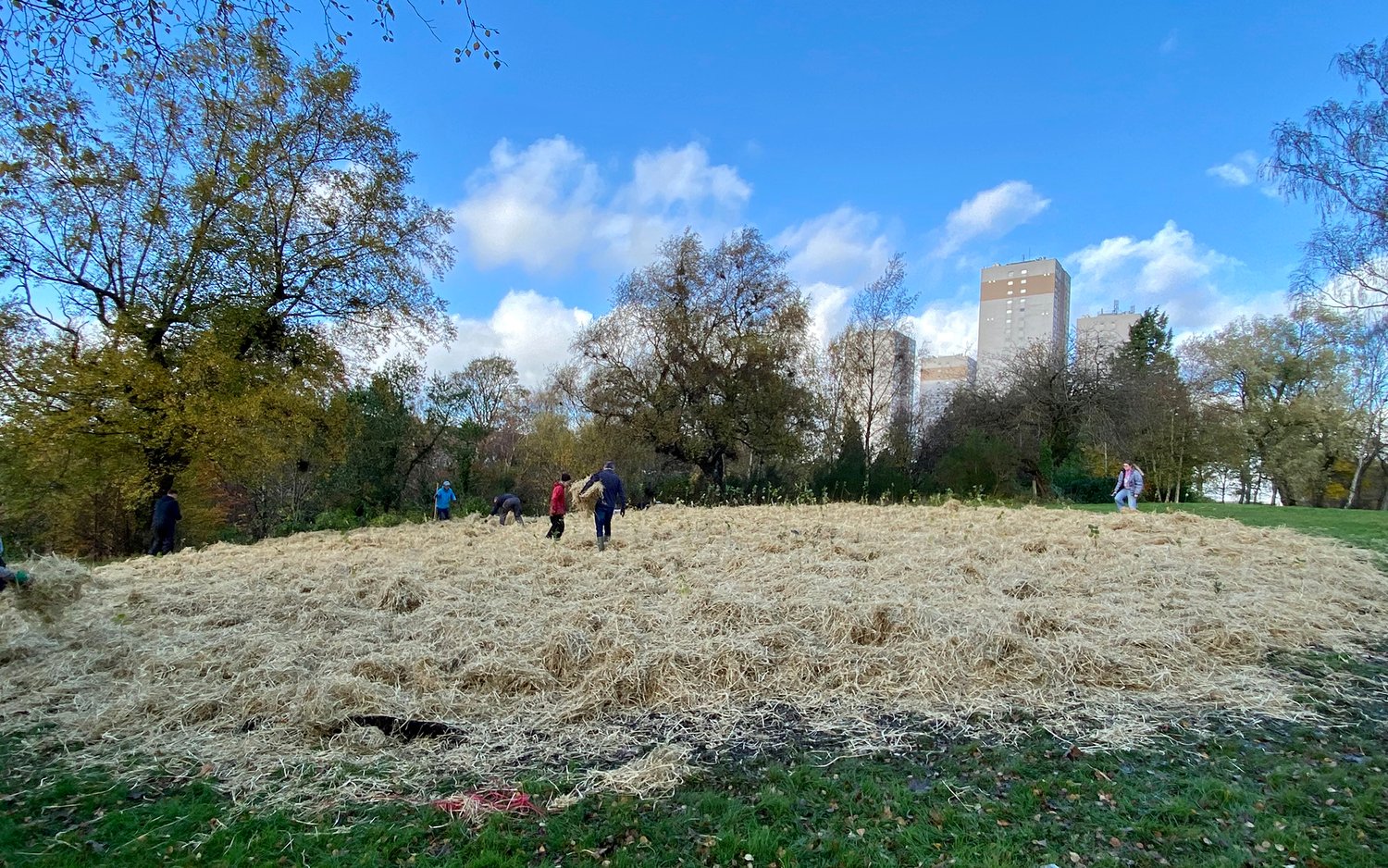

“Springburn Park is a jewel of enlightened Victorian landscape design, but sadly it has been left to decline for many years. I am delighted that Springburn Winter Gardens Trust is partnering with SUGi to fundamentally rethink the role of the urban park in the context of the climate emergency, with a visionary scheme to introduce a forestry project involving local schools. City parks can no longer just be ornamental landscapes, but will increasingly have a front line role to play in reducing carbon emissions and reinforcing sustainable urban living.”
— Paul Sweeney MSP, Chair of Springburn Winter Gardens Trust
Forest Report: 1 Year
DATE: 12.11.2022
Survival Rate: 70%
Average of Tallest 3 Trees: 172cm
This pocket forest was subject to vandalism in its first year. Areas of the forest were set alight. The good news is that the root systems developed to this extent that the damaged sections are regenerating; saplings are re-sprouting and we expect full recovery and strong growth of this forest in its second year. This highlights the resilience of Miyawaki forests! Moreover, 125 new saplings have been replanted in order to assure appropriate density.
Despite the vandalism, the forest is showing signs of sound growth in undamaged sections. Whilst these events may have slowed this pocket forest’s overall progress, we do not foresee any long term harm.
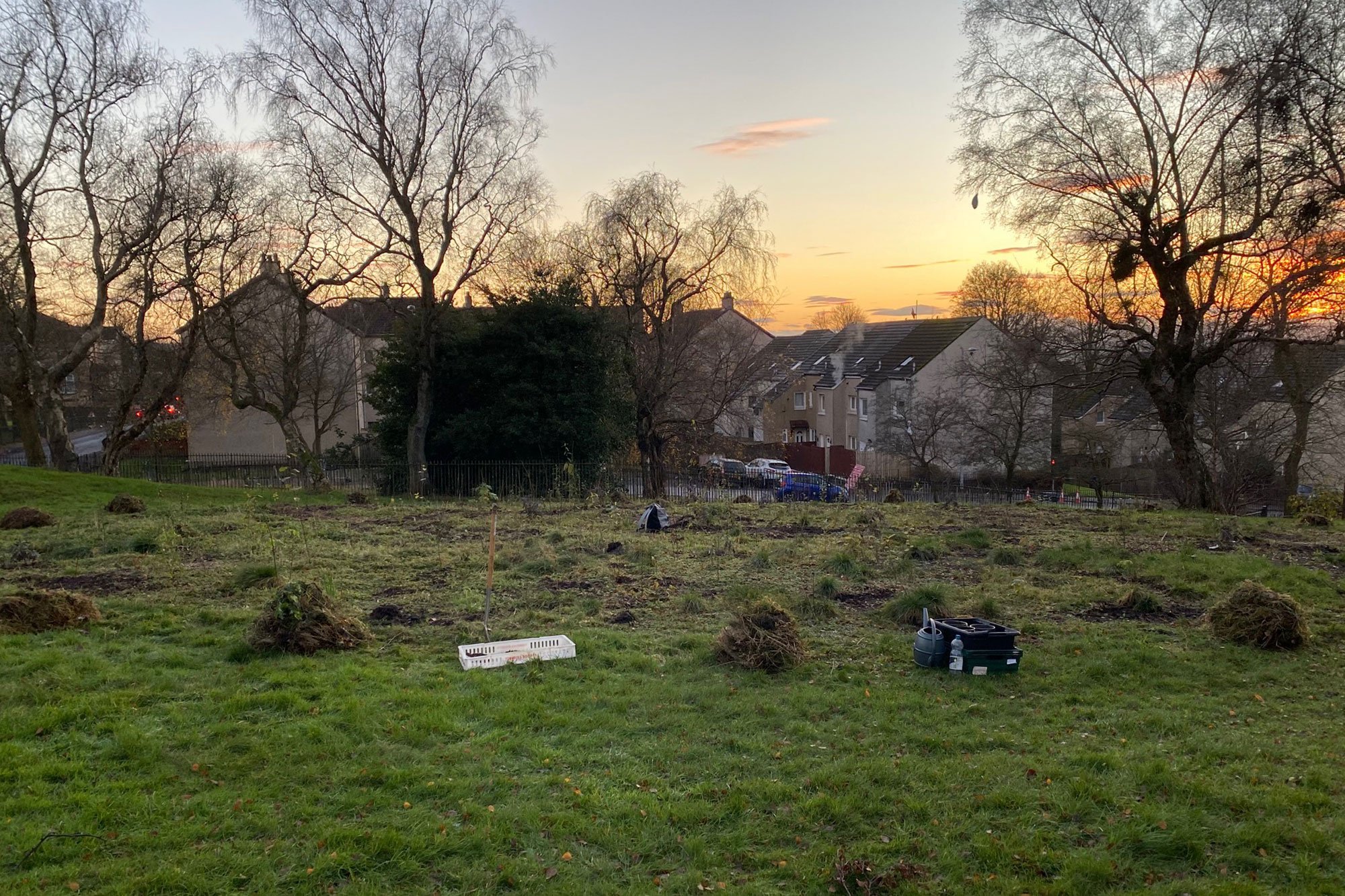
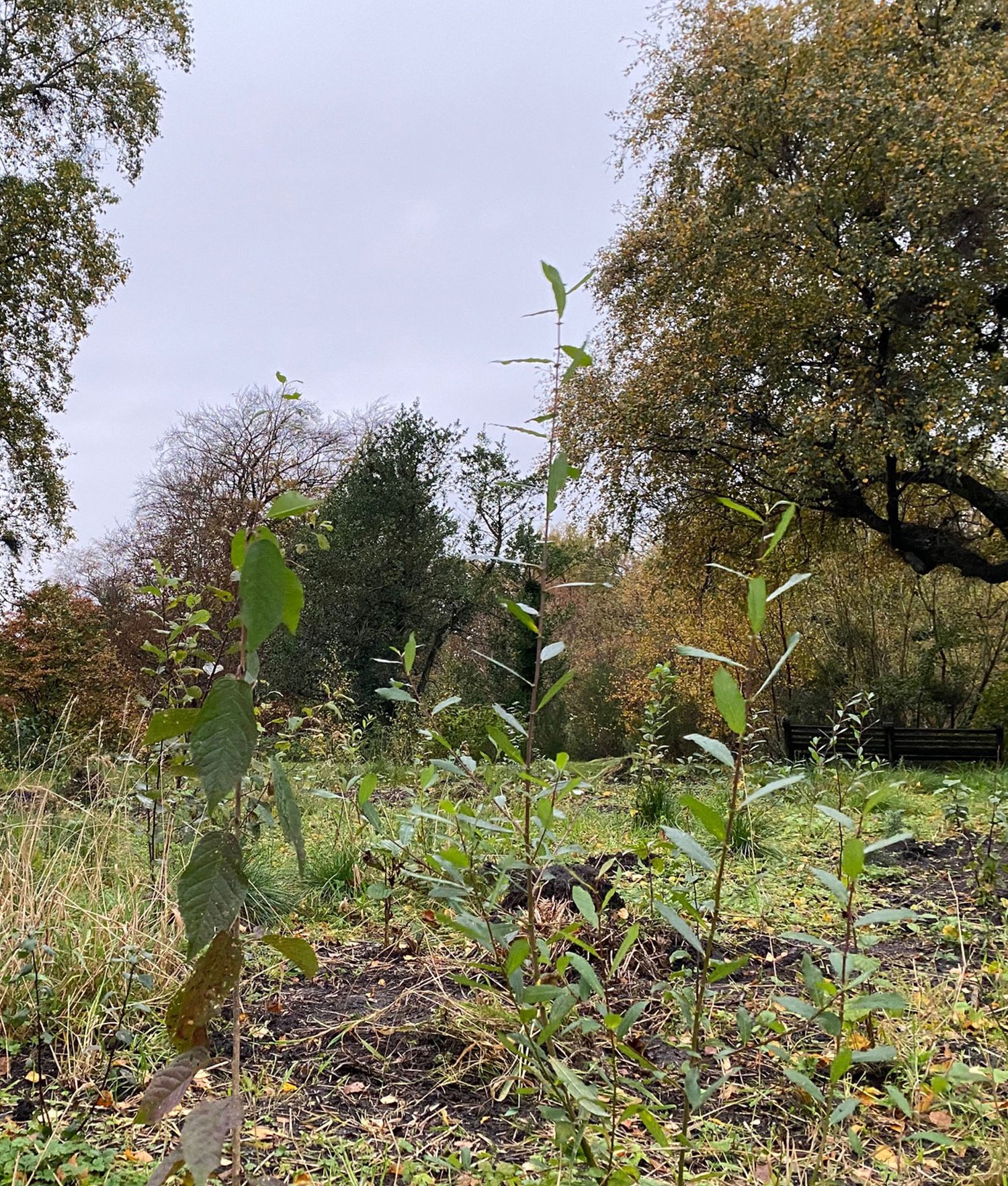

Biodiversity Notes:
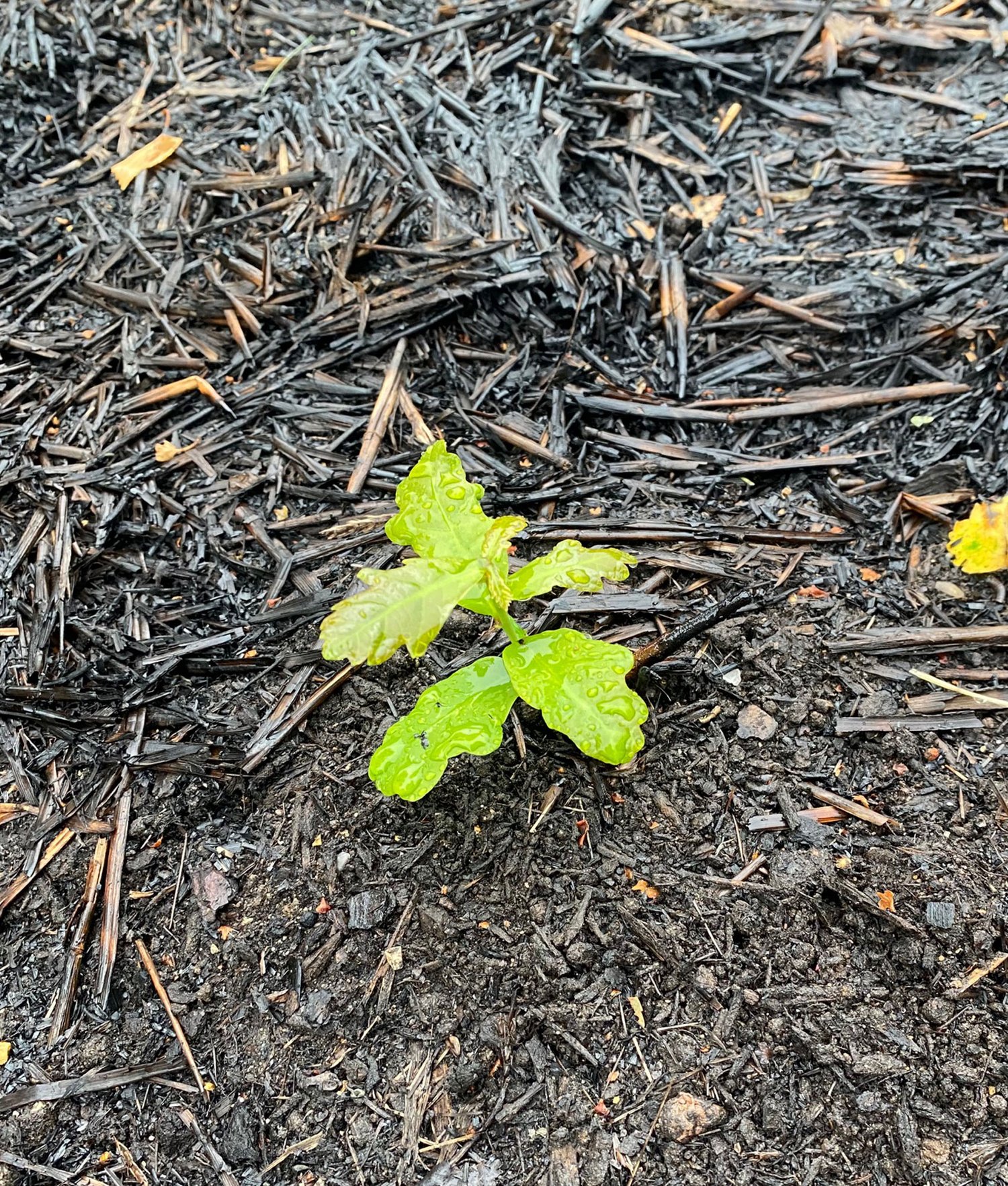

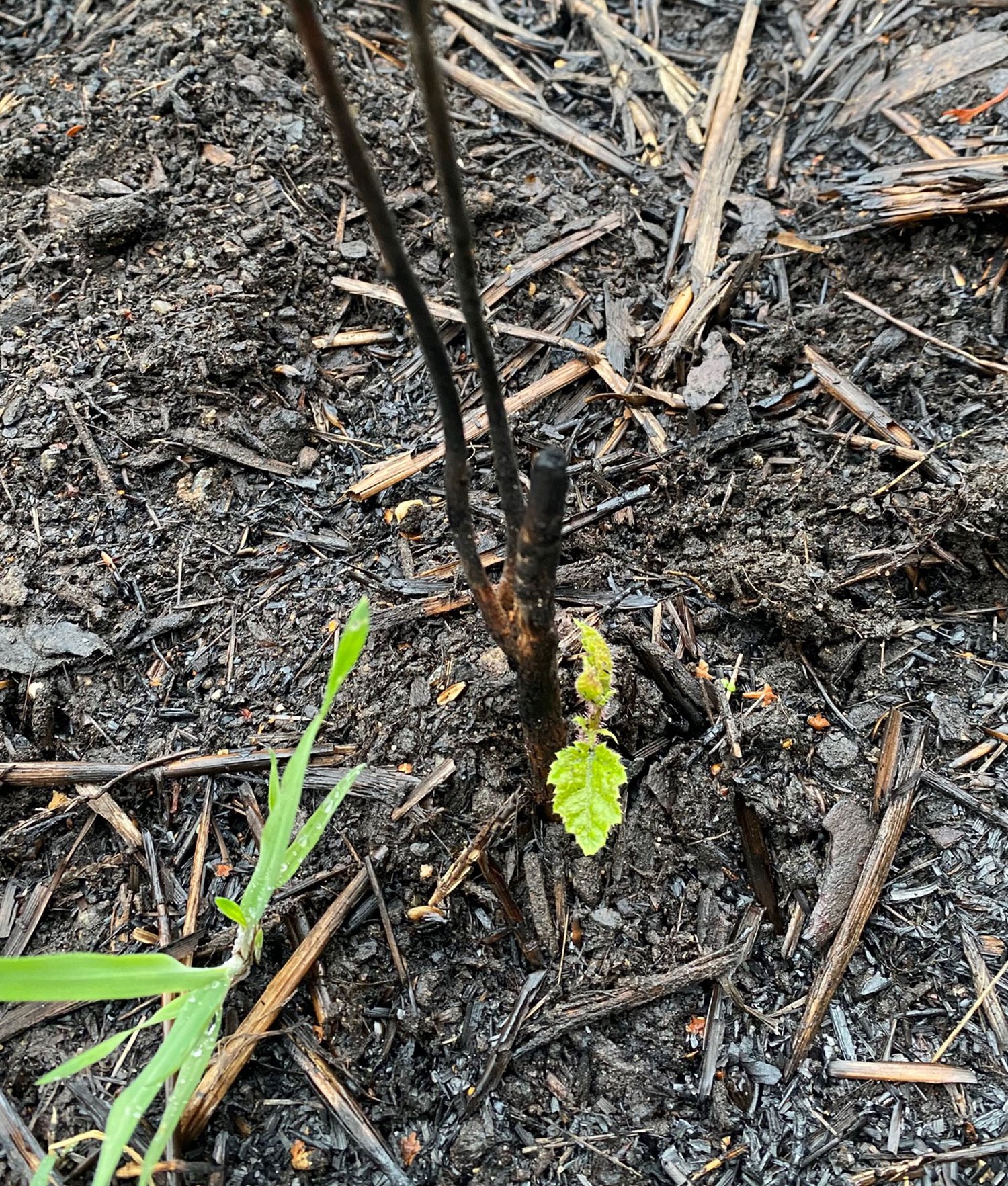
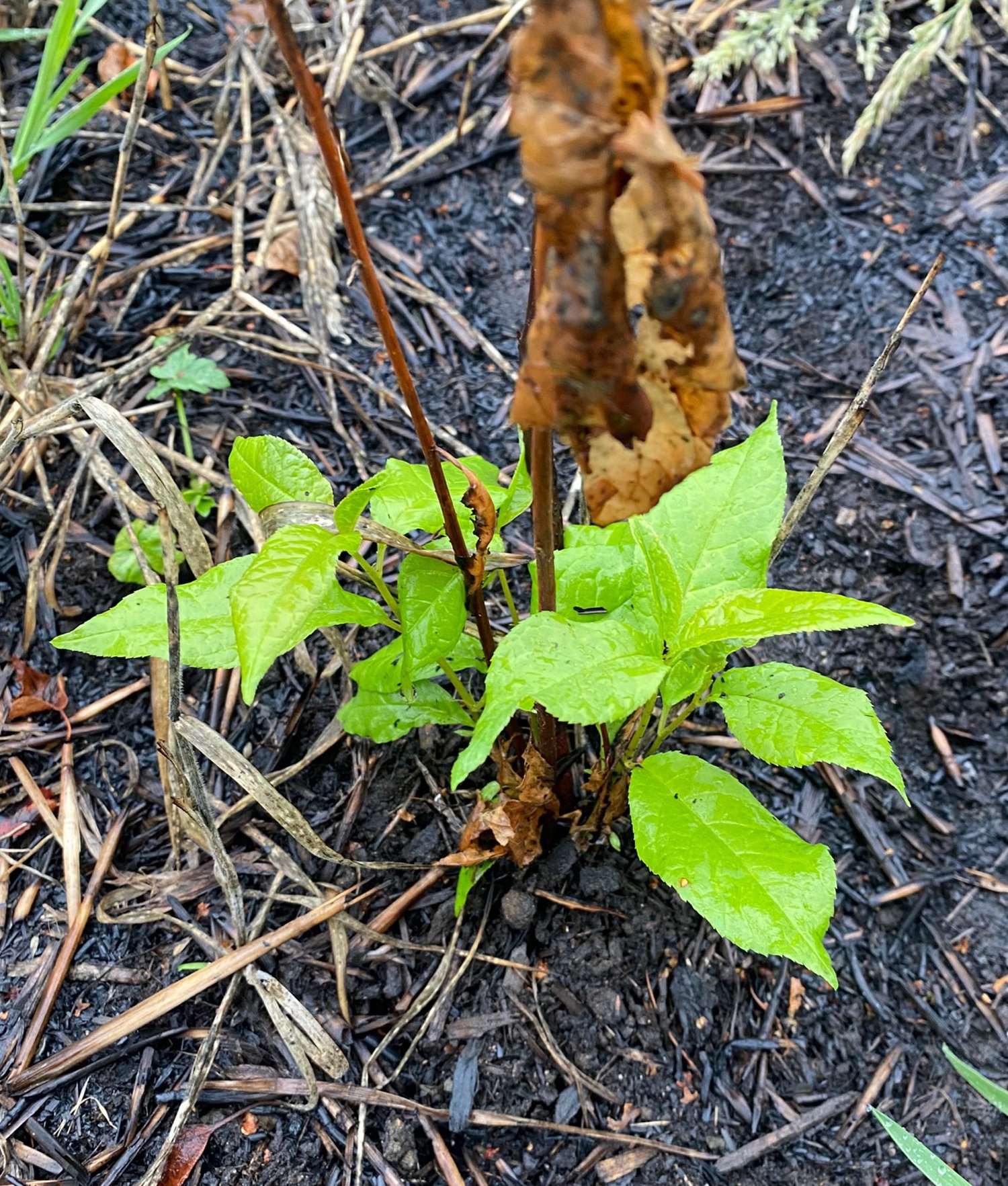
Forest Report: Planting
DATE: 12.11.2021
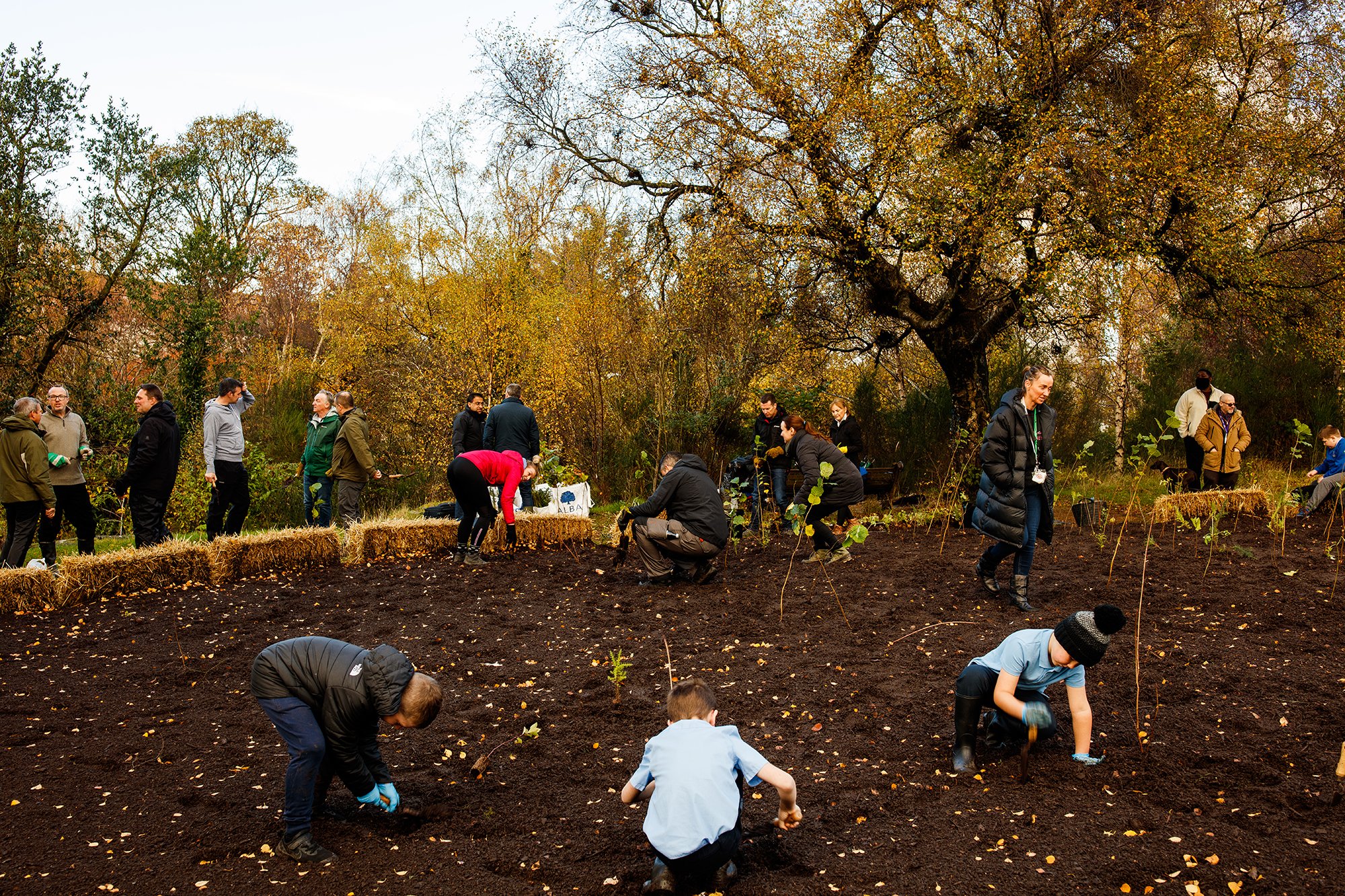
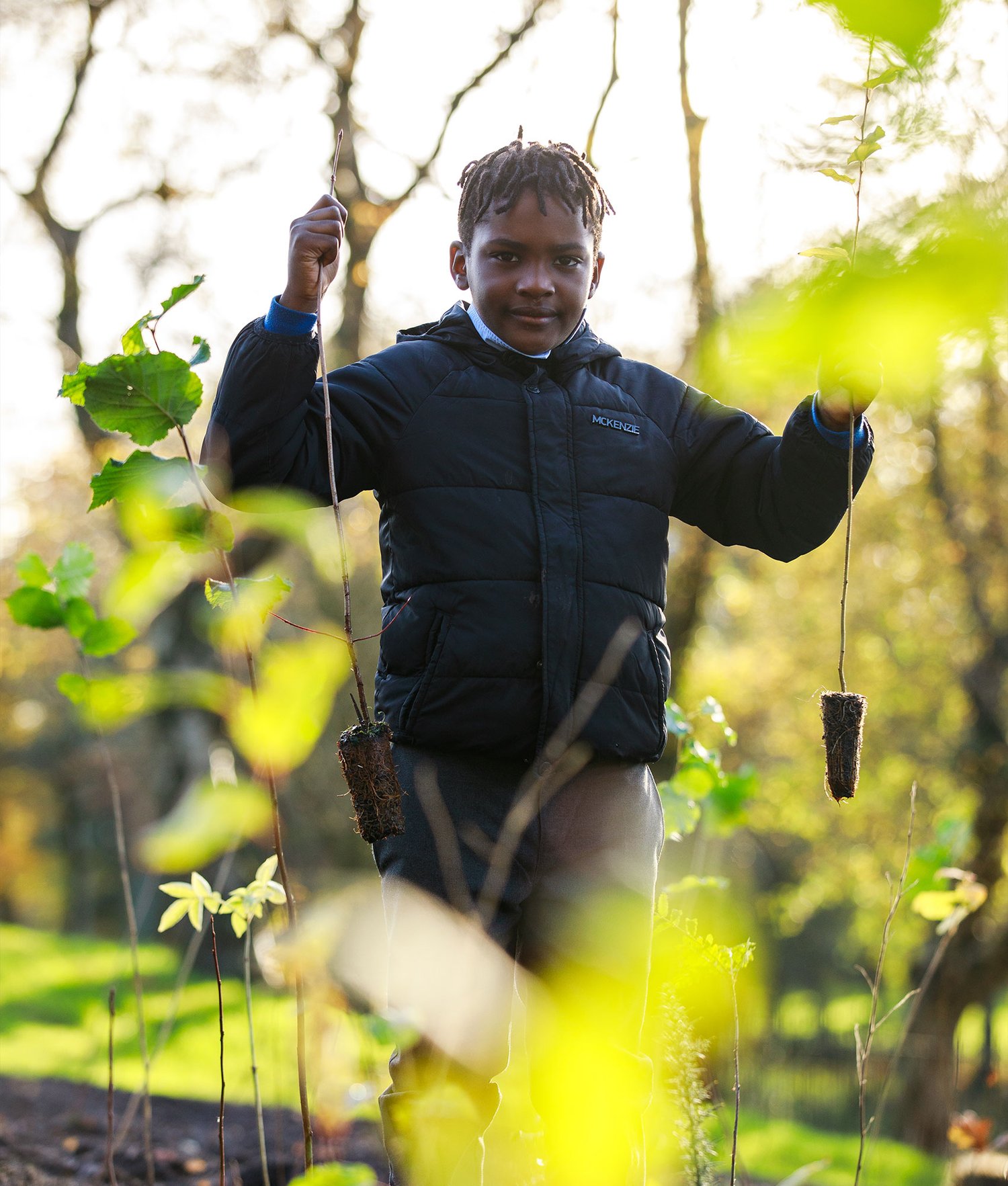
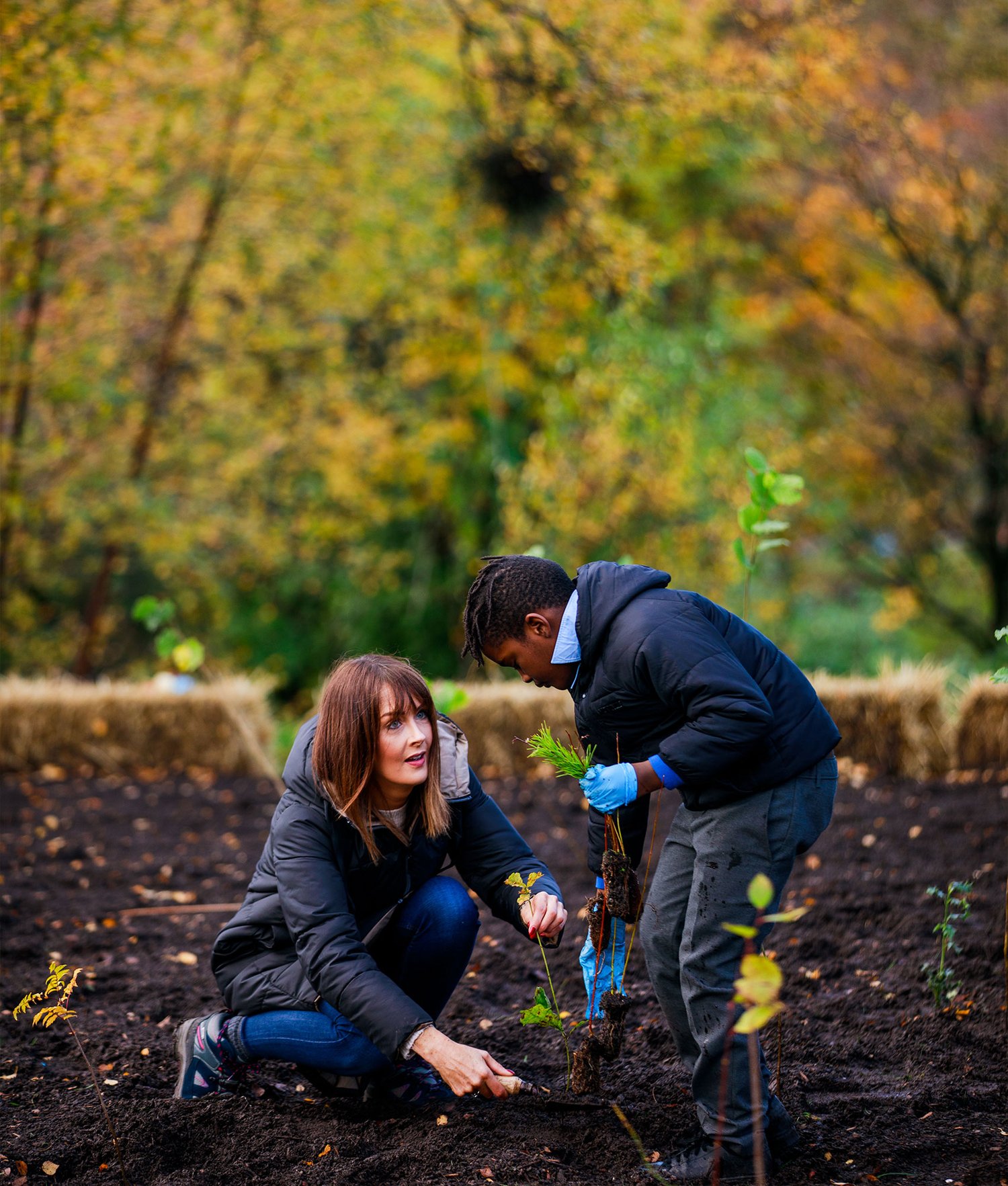
History of Springburn Park
Springburn Park is located in the northern part of Glasgow. It’s a large park and botanical gardens that has become semi-derelict. There is a large plan to regenerate the park based around the restoration of the beautiful Victorian greenhouse that is currently a ruin.
Glasgow Corporation acquired the land for Springburn Park in 1892. The area contained largely indifferent agricultural land with the remains of an ironstone pit at one corner and an old quarry at the other. The original park was extended in 1900 through the benevolence of Hugh Reid of the North British Locomotive Company, who purchased part of the nearby lands of Cockmuir and gifted them to the city.
The Winter Gardens were built by Glasgow Corporation as a condition for accepting a £12,000 gift from Hugh Reid to finance the construction of the nearby Springburn Public Halls. They were much loved by generations of Springburn residents for their displays of exotic plants and for the concerts and exhibitions held there. Despite being classified as an A-Listed building the structure has been vandalised and laid derelict since the 1980s.
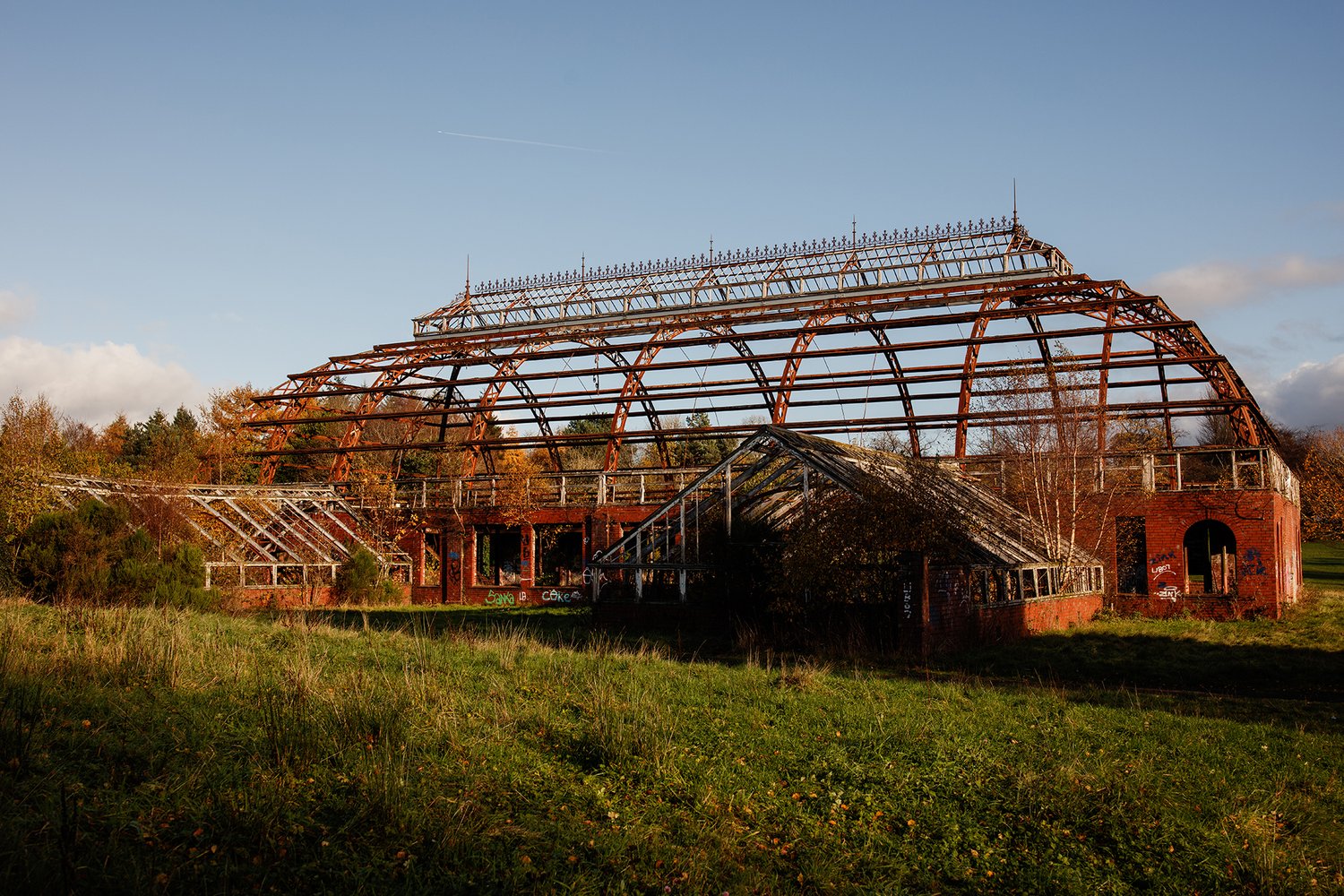
Discover more SUGi Projects

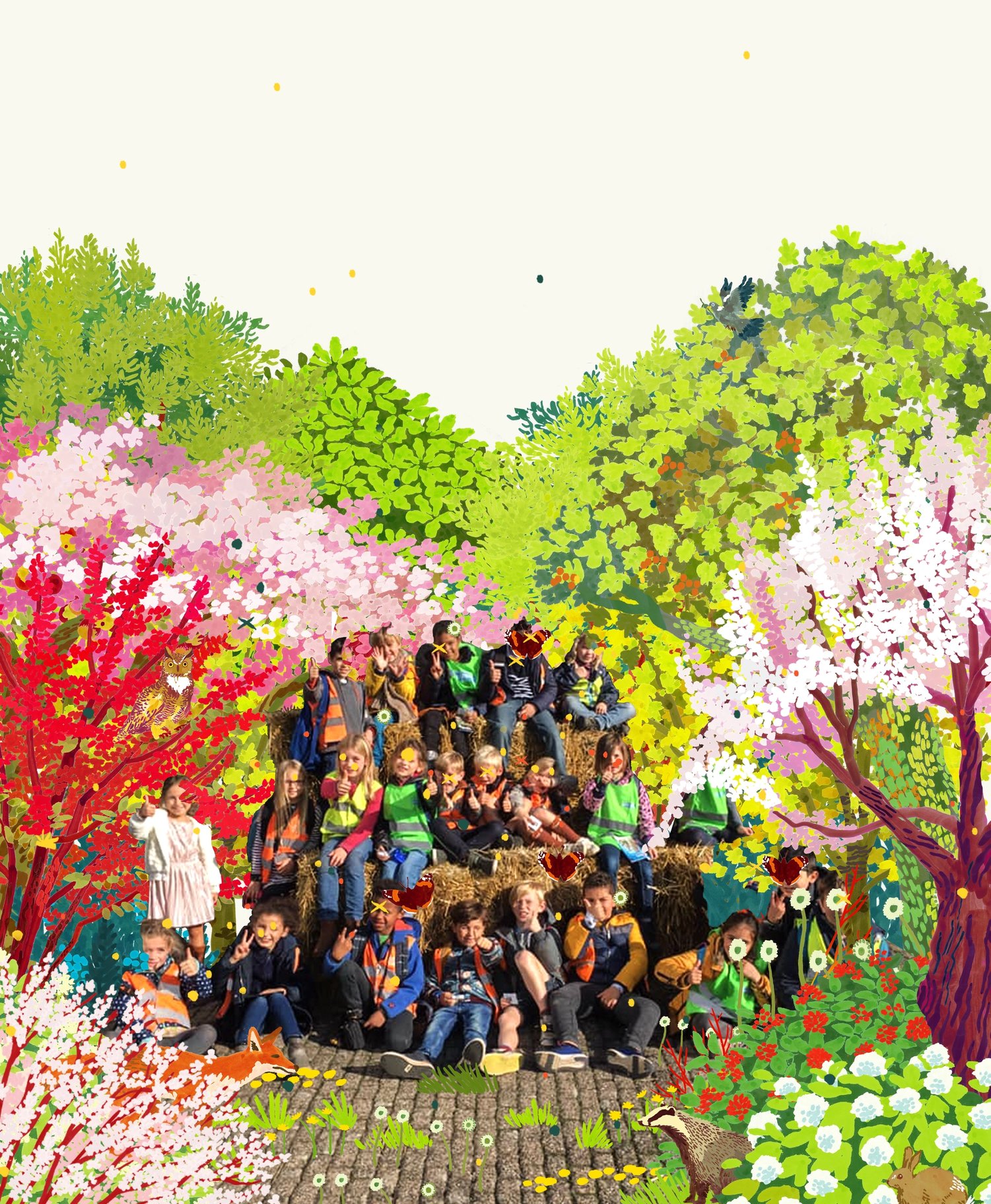
De Ark
A forest learning center in Sint-Niklaas


Langalibalele Forest
Cultivating a green oasis for community wellness and education.

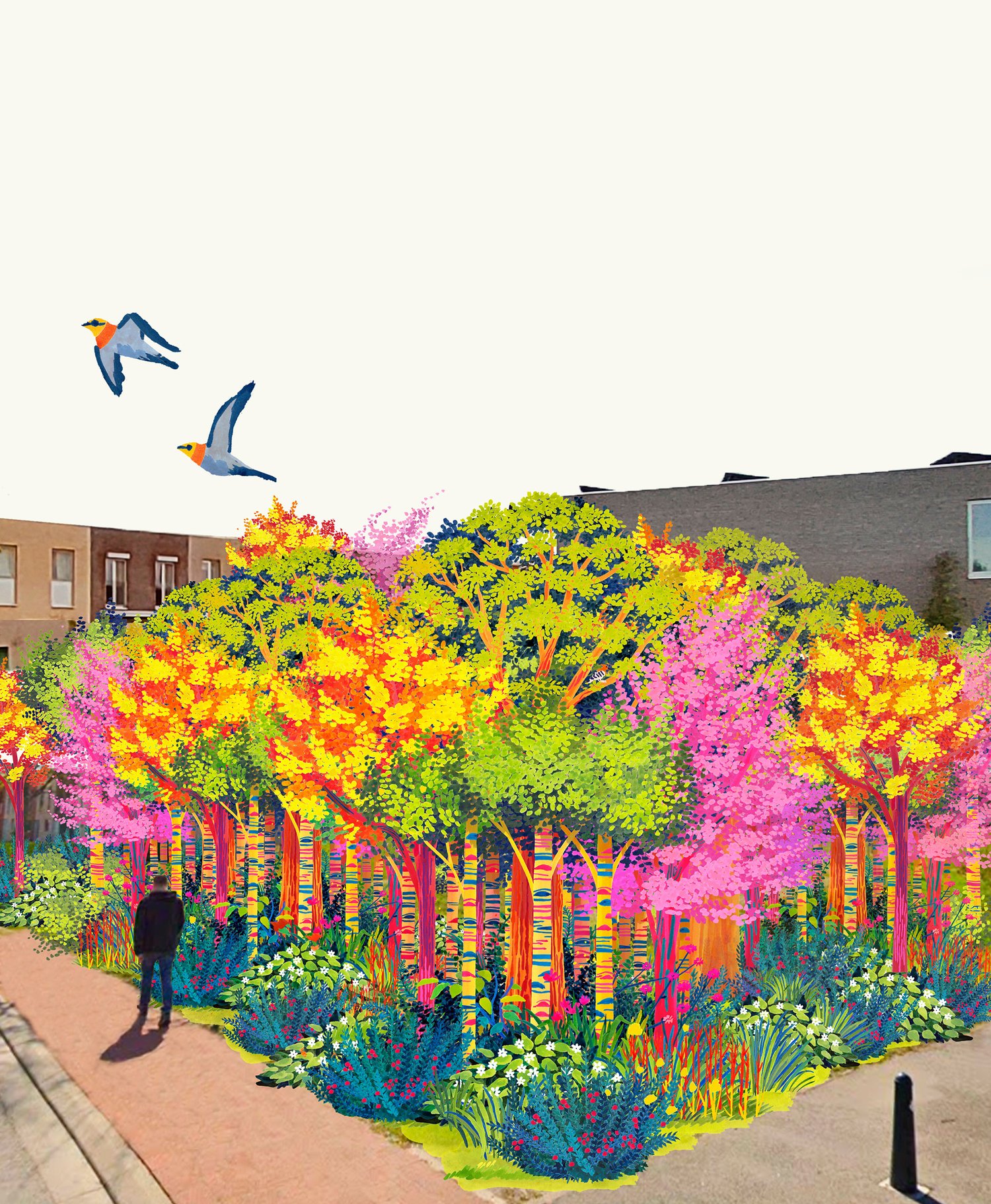
Papenhof Forest
Nature-based therapy at the heart of a city
